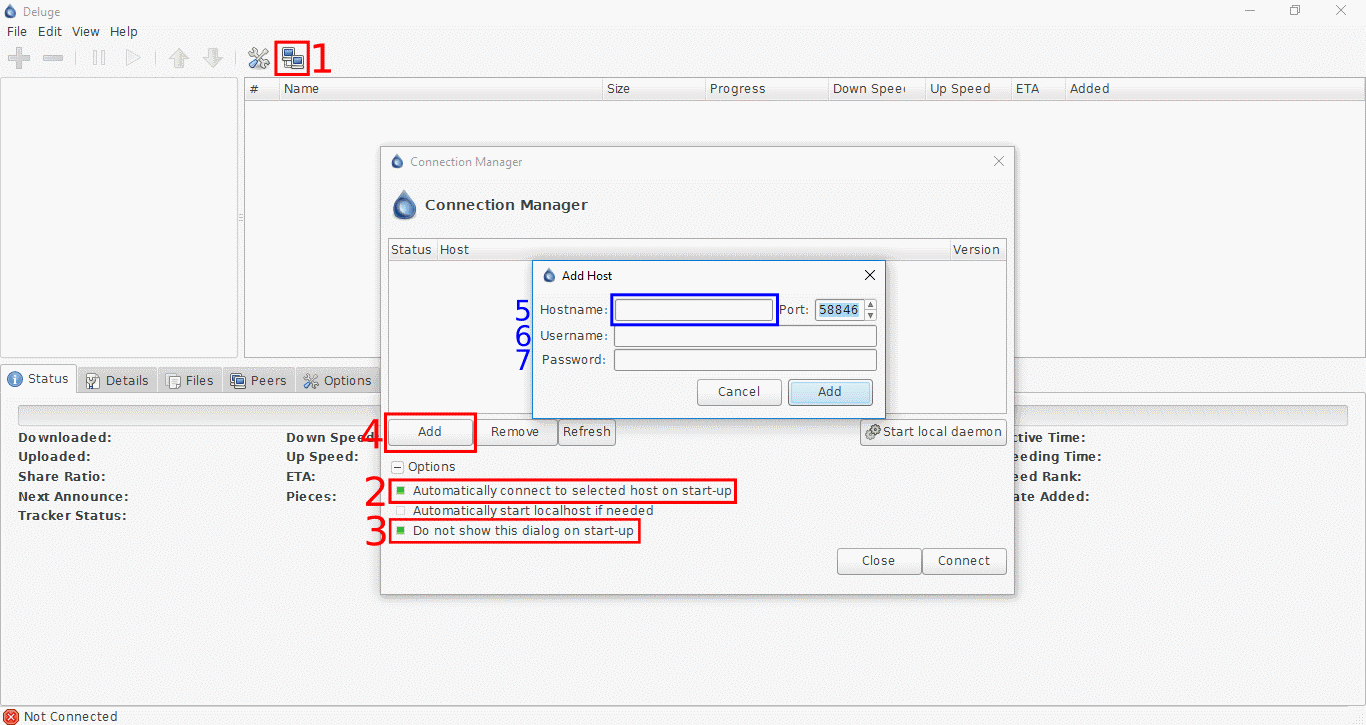

Just some basic steps, updates and whatnot to get Deluge going as a SystemD Service: # Switch to rootĮcho ".disable_ipv6=1" > /etc/sysctl.d/nfĮcho ".disable_ipv6=1" > /etc/sysctl.d/nfĮcho ".disable_ipv6=1" > /etc/sysctl.d/nf

Note: It seems like the Ubuntu installer is unhappy with anything less than 4GB to install - after installation you can decrease the VM size down to 2GB of RAM. I love putting things in containers but honestly it’s just so much easier in a VM so just make a small 4GB 1Core VM and call it day - I choose to run Ubuntu 20.04 LTS. Useradd -s /bin/false -G openvpn -M vpnUser1 # Create linux users for the OpenVPN Clients Sudo dnf install -y git nano wget curl ansibleĮcho " ansible_connection=local ansible_user=fedora ansible_host=localhost" > inventoryĪnsible-playbook -i inventory configure.yaml Run the following to set up an OpenVPN server:.Set and A Record DNS entries pointing to that VPS.Get a $6/mo Fedora 35 VPS at OVH in Canada or something.If you don’t already have an OpenVPN server you could do something like:
DELUGE CLIENT UI HOW TO
Running Deluge as a separate VM has some benefits such as encapsulating all the traffic for that system to an OpenVPN server elsewhere - this is how to do exactly that.

One of the services that fed the other services was a Deluge BitTorrent client that was running in a CentOS VM on that Windows 7 host. My old Plex Media Server was just an old Windows 7 system with Plex installed and a few other things such as Sonarr, Radarr, etc.


 0 kommentar(er)
0 kommentar(er)
